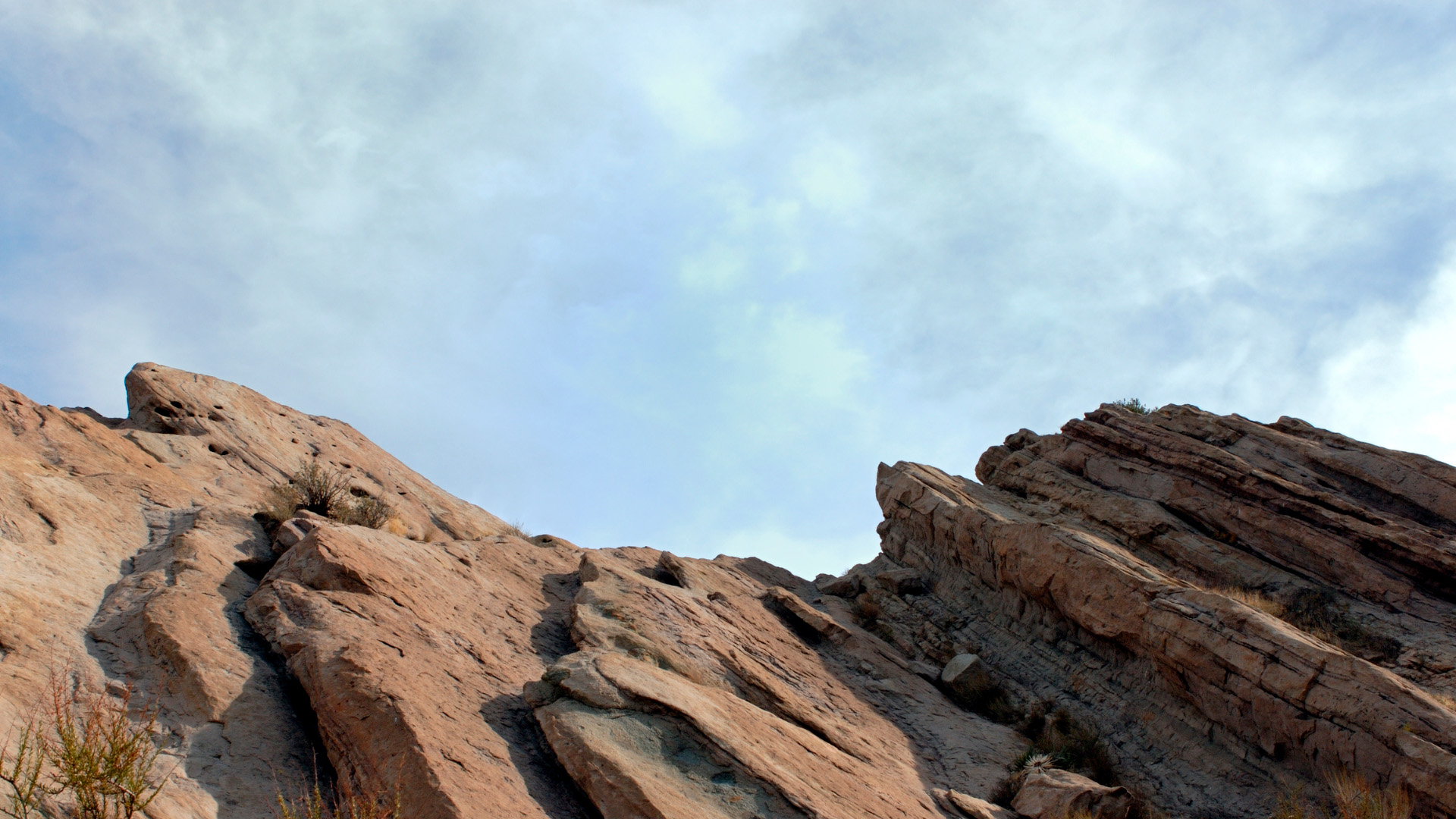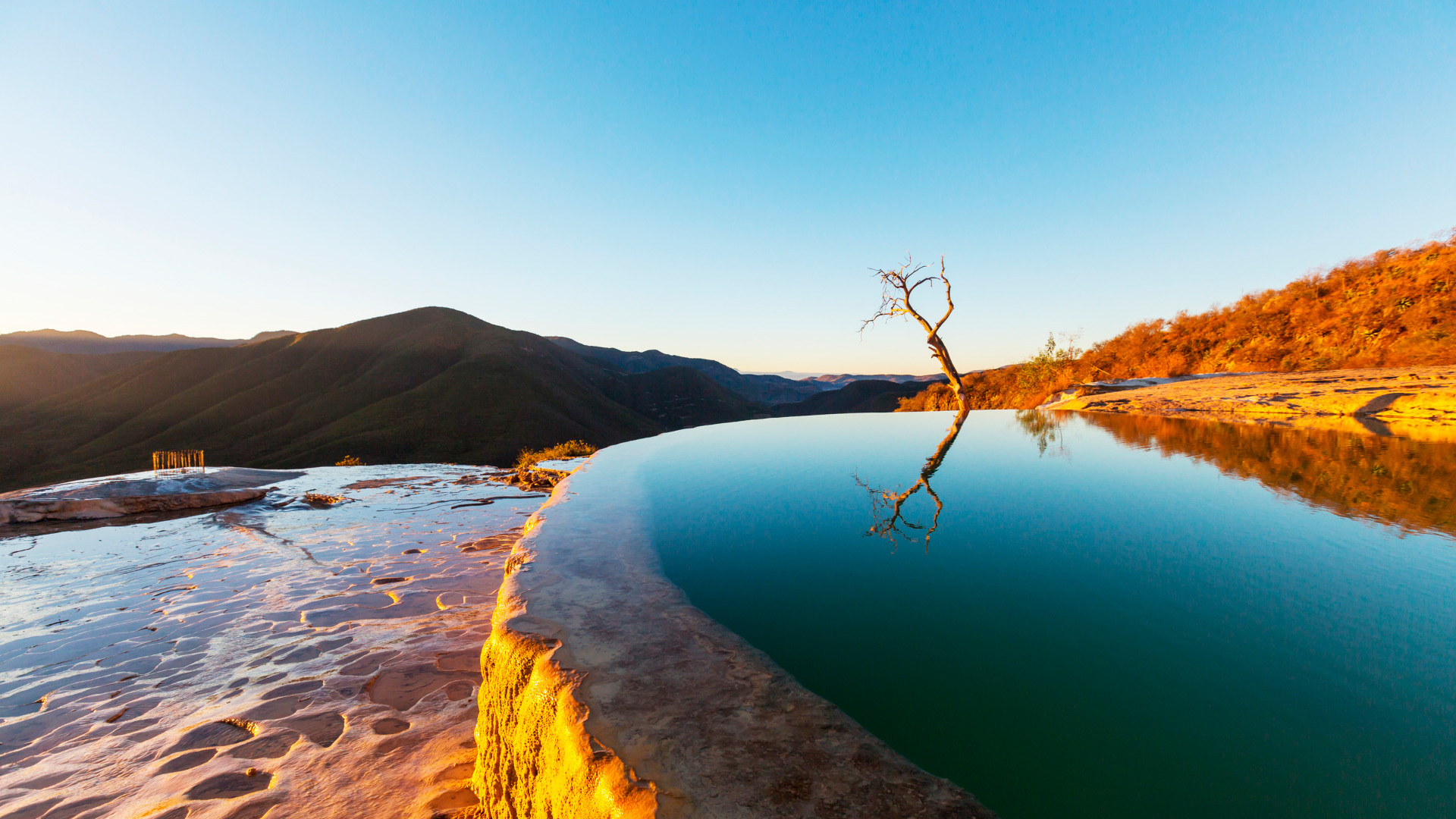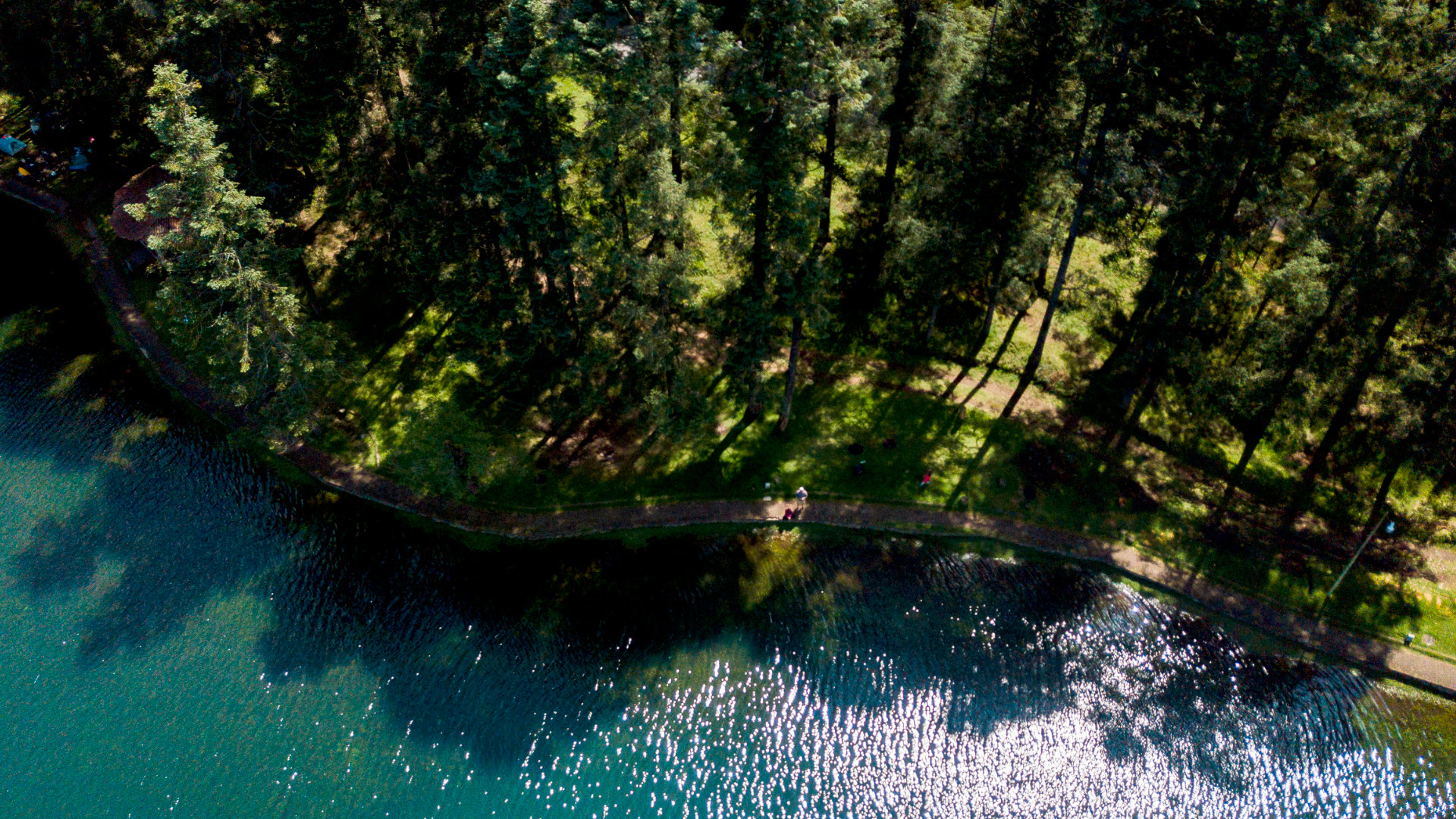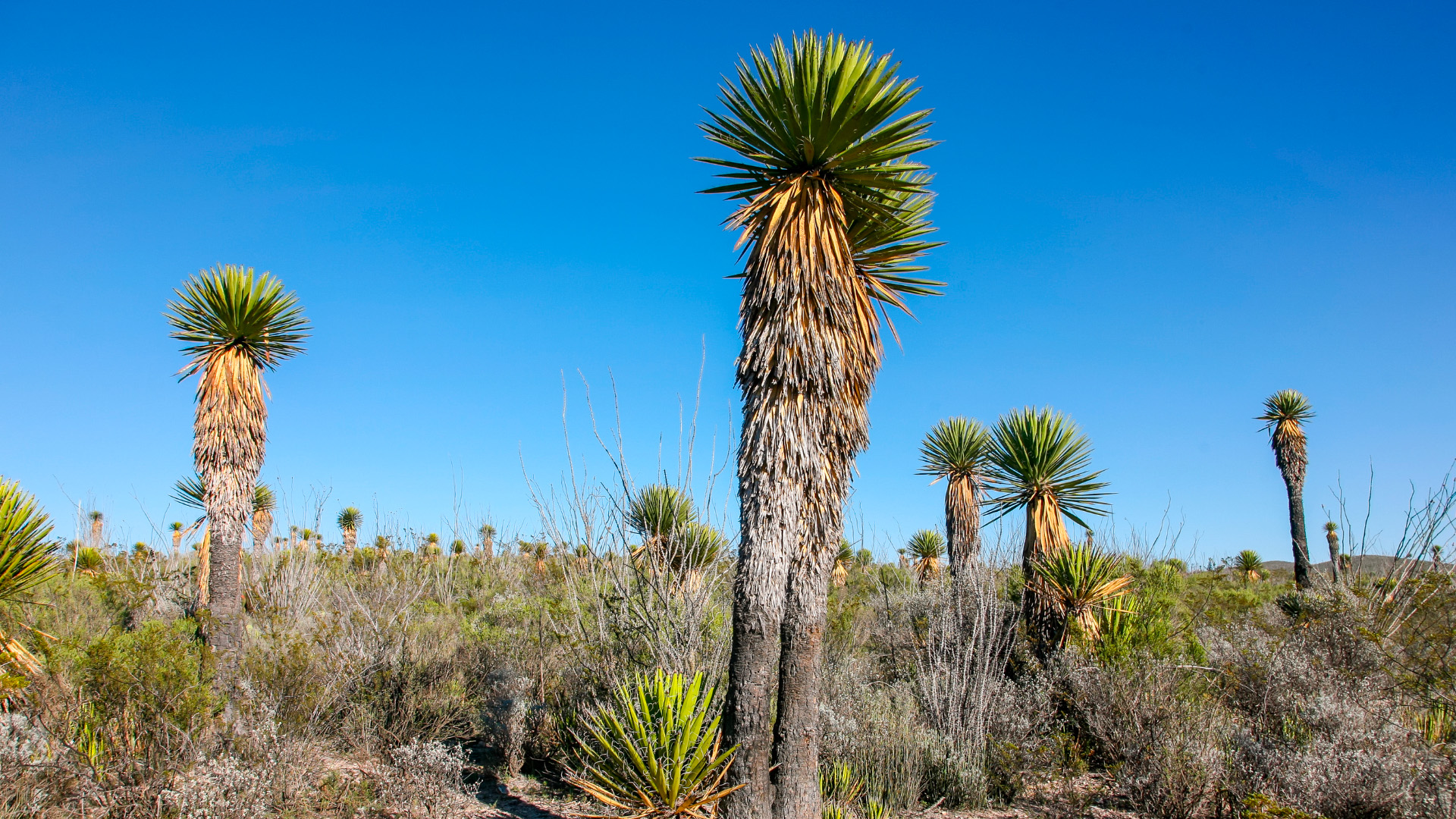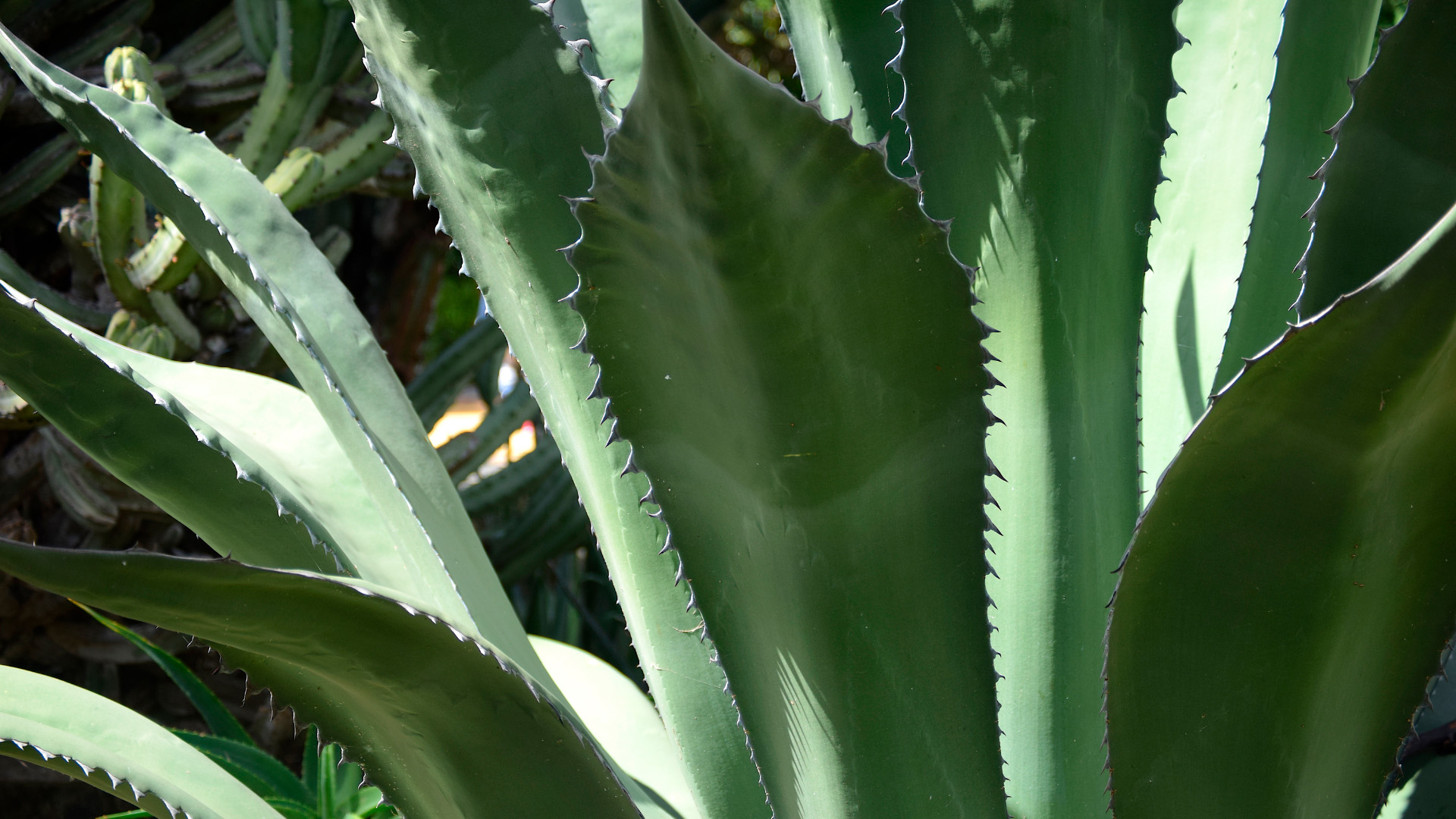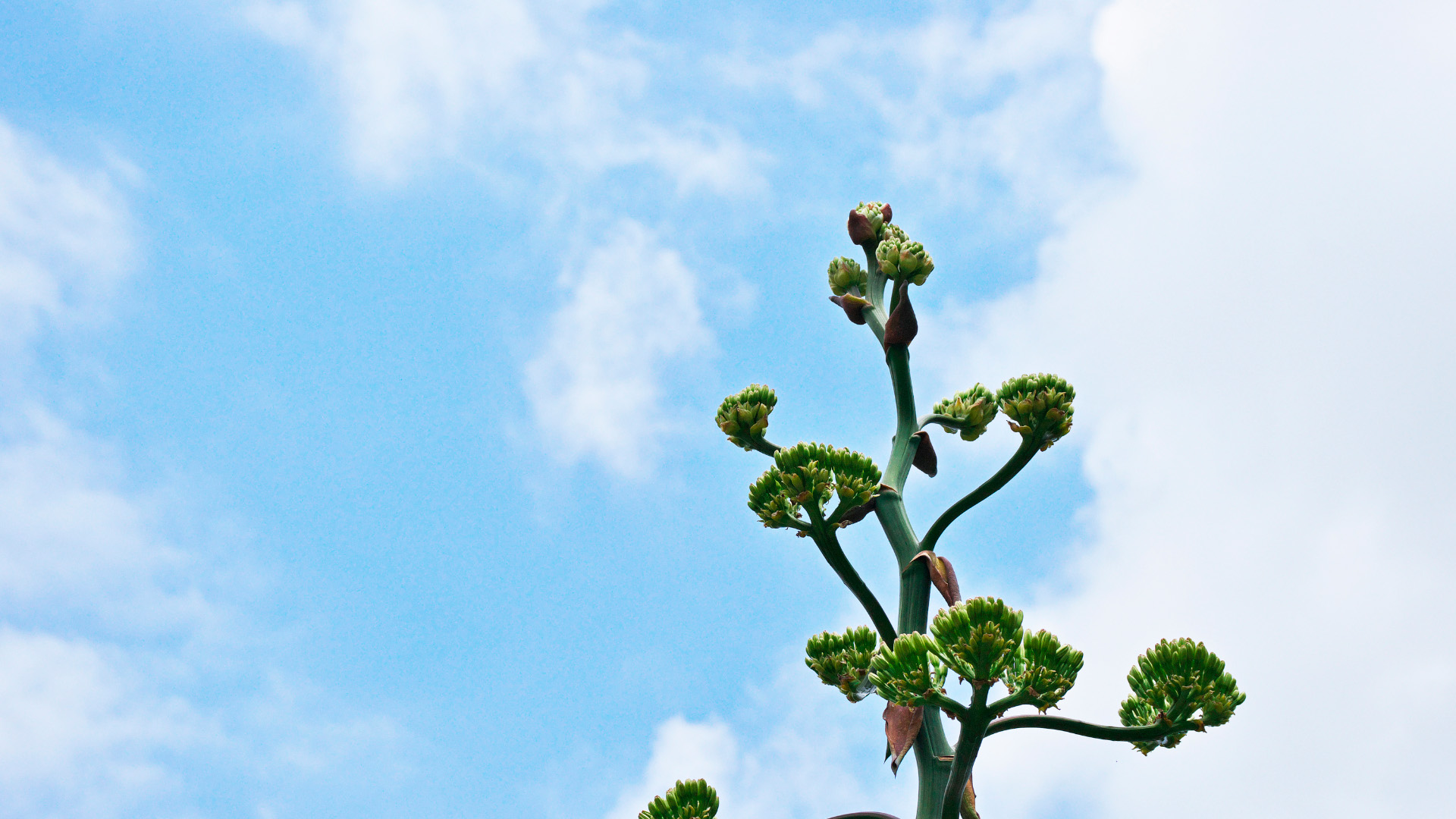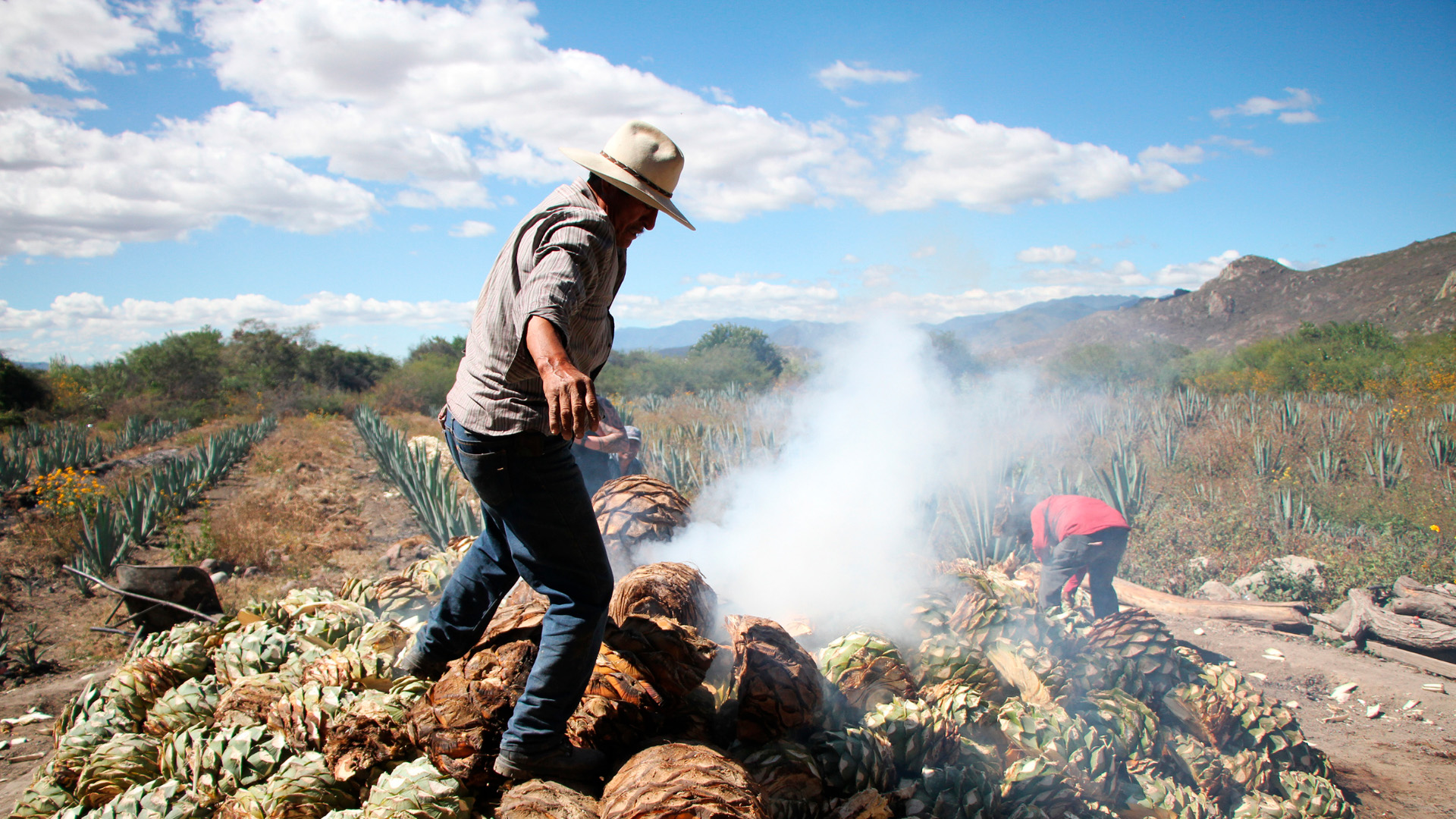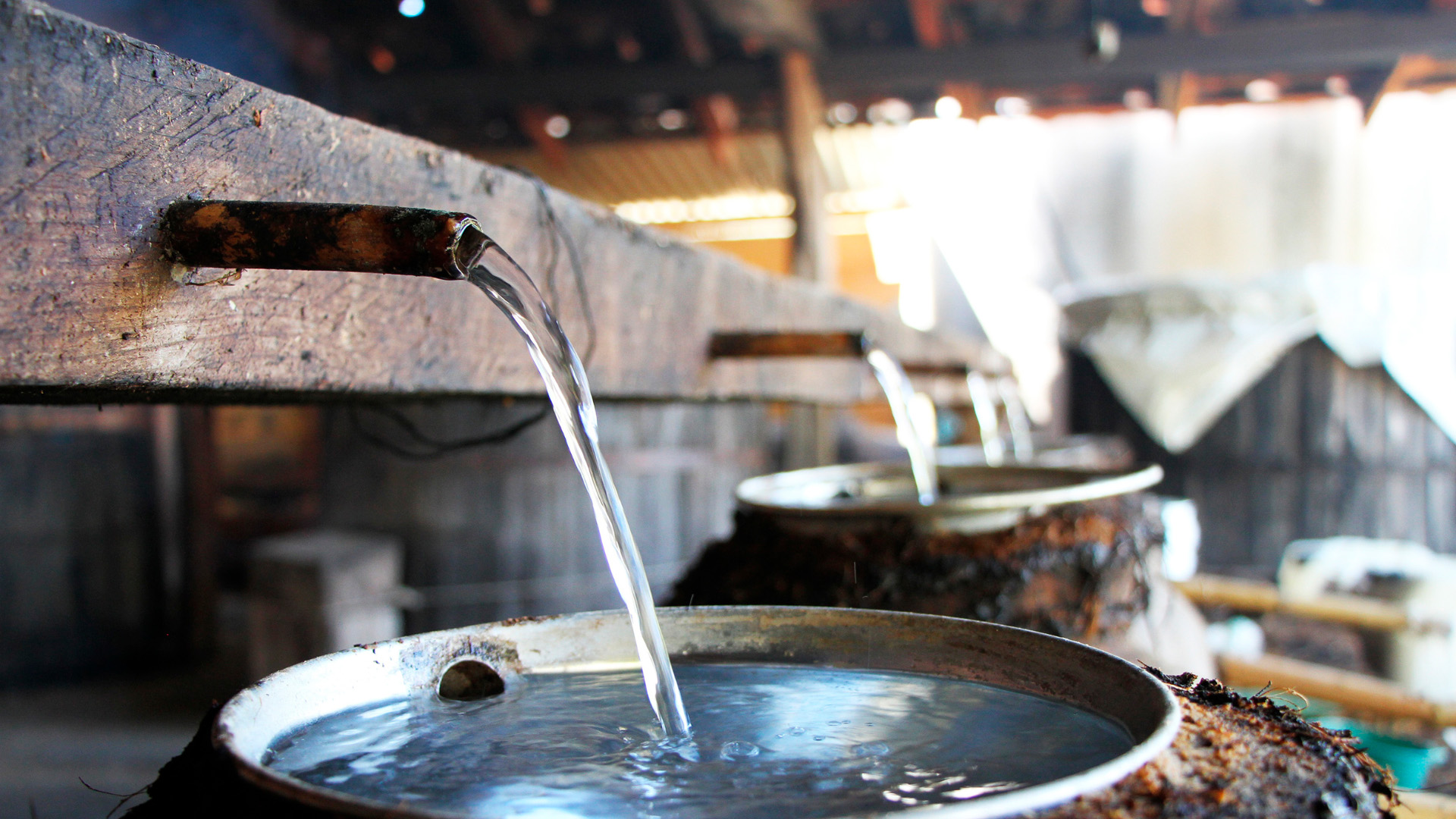Story
Mezcal is old, quite old. Its history dates to 400 BC, closely connected to ancient Aztec and Mayan civilizations. They were the first to make alcoholic beverages of agave by fermenting its juices – Pulque was their most famous. Nevertheless, when the Spanish arrived in Mexico, a new era began: local workers included the distillation techniques provided by colonialists to the fermentation process and thus invented Mezcal.
A great spirit was born, full of flavor and incomparable complexity. Soon, Mezcal became a hallmark of Mexican culture as a reflection of its people, land, emotions, and character. Hence, the so-called spirit is more than a drink. It is indeed a soul.
As its history goes further, it is easy to understand how much Mezcal tells about Mexico. On the one hand, it captures the marvelous nature, ancient traditions, and unique heritage of the country. On the other hand, it reveals the hard work of its people, the poverty, and the social injustices that Mexico had been struggling with for centuries.
Nowadays, Mezcal has evolved into one of the most exclusive and finest spirits worldwide. Besides Mexico, Mezcal is present in the trendiest restaurants and bars of cosmopolitan cities like New York, Paris, Hong Kong, Tokyo, Dubai, Sydney, London, and Berlin.




